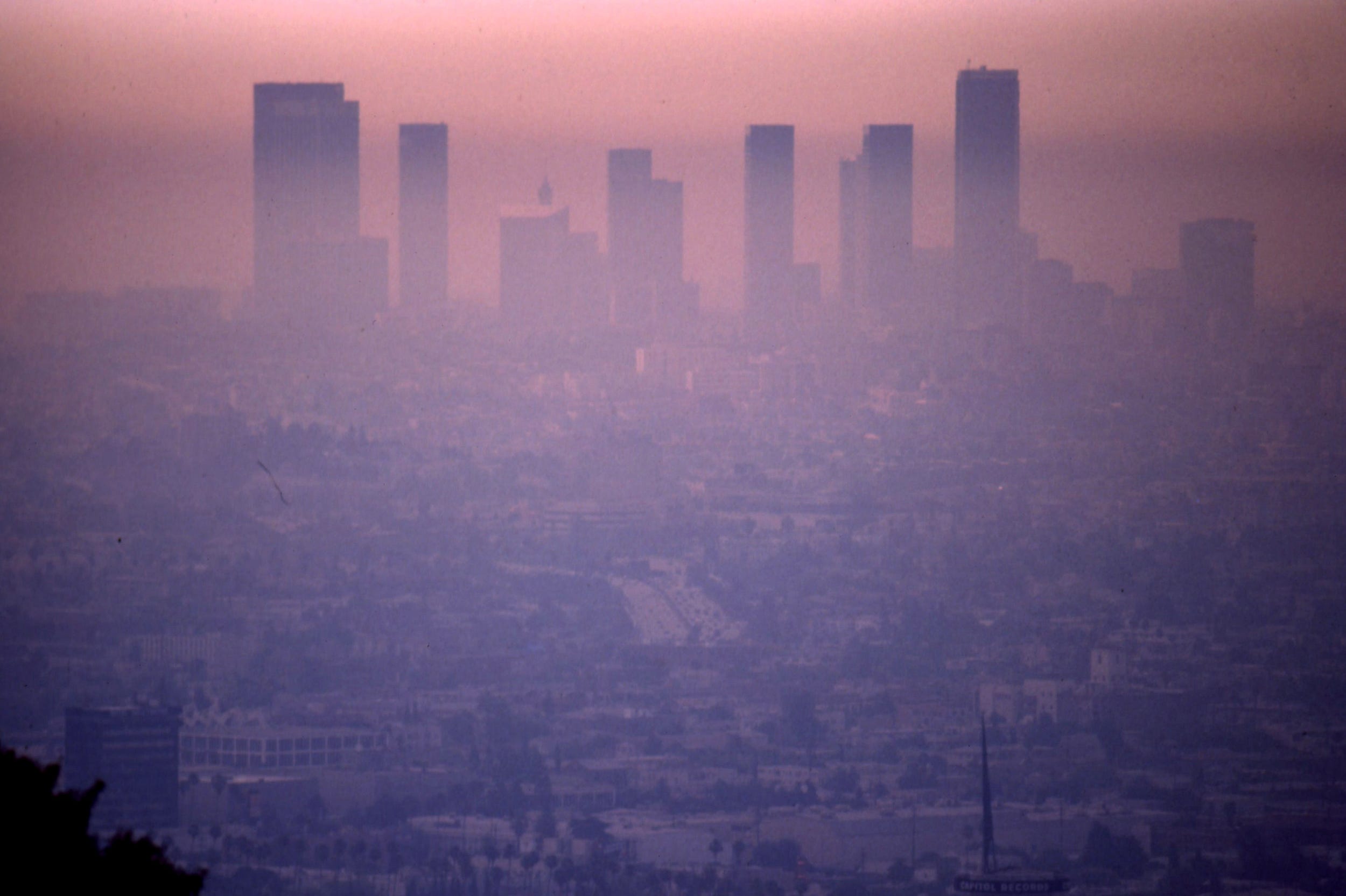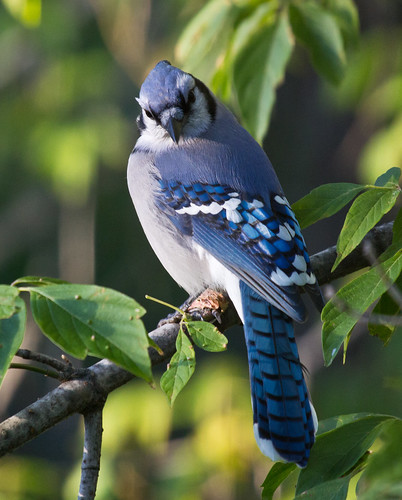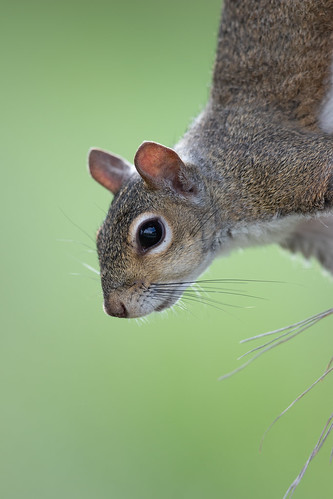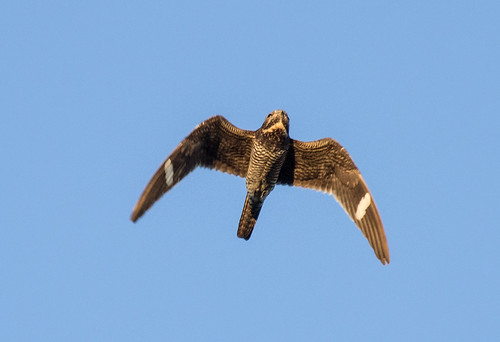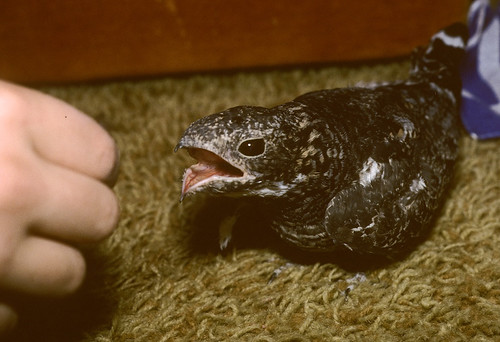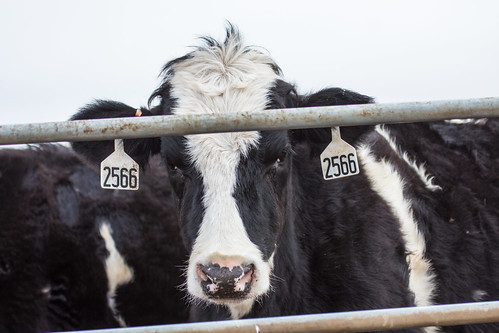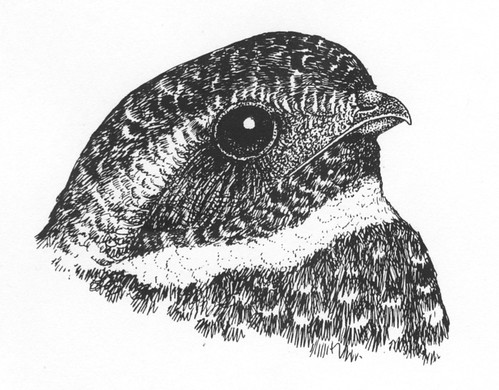This afternoon, September 20, 2019, Russ and I will be headed to our old high school to have a tour of the school and attend the homecoming football game. Ironically, if we were students there today, we’d both be skipping school—today is the day students all over the country are on strike, boycotting school to make a powerful statement about climate change, inspired by one sixteen-year-old Swedish girl named Greta Thunberg, who has been traveling the world to get people finally stirred up enough to do something. She sailed to the United States rather than squander fossil fuels for the journey.
Russ and I never skipped school in high school, but by the time we were in college, that form of protest was suddenly what students did. I don’t recall skipping classes for the environment except on Earth Day 1970, but there were several straightforward strikes protesting the Vietnam War. Adults told us in 1970 that skipping school was not the way to accomplish anything, but by 1974, the war was over and Nixon was no longer president—that was at least partly due to a sea change in public opinion, and we students had been a genuine factor in that.
I’m mystified why some living, breathing Americans still think the jury is out on climate change. The vast scientific consensus has been settled for decades, and all along, most climate scientists have agreed that burning fossil fuels, for transportation and electricity production, and burning forests for agriculture and development, are driving it. The major energy corporations, US Defense Department, and insurance industry have long accepted the truth of this, and spent billions of dollars preparing for and responding to worst case scenarios, energy companies still wanting to capitalize on the opening of now frozen Arctic waters, the Defense Department recognizing that rising water levels are creating more and more desperation in countries hit worst, making our country less secure, and the insurance industry responding to and calculating new risks as the number of storms, floods, and fires rises. The strategy for energy corporations to keep giving those quarterly profits high has been to deny climate change to the public, pulling politicians into this denial so they can keep extracting and squandering more and more fossil fuels even as the situation grows more dire. Our focus on short-term economic gains has made us not merely short-sighted but actually blind.
Climate change isn’t just a problem for the future that people my age and older won’t have to face. For the fifth year in a row, huge numbers of seabirds have washed up dead here and there—the warming seas causing massive crashes of their food supplies. Gray Jay populations are declining wherever winter thaws rot the food they cache away—these late winter nesters use stored meat to feed their young. Damage by hurricanes threatens to entirely wipe out those endemic species like the Bahama Nuthatch, whose populations are already threatened by overdevelopment and habitat destruction. More and more baby puffins starve each year when their parents can’t find the right sized fish to feed them. These are all happening right now.
Yet we Americans—the only one of all technologically and economically advanced nations in the world—continue to play Alfred E. Neuman—“What, me worry?” After Sharpie-gate, wherein the actual president of the United States altered an actual weather map to defend his completely erroneous prediction that Alabama was in the line of Hurricane Dorian, I asked an actual weather man what he thought about a politician altering actual scientific facts to somehow save face, and that weather man instantly started talking about Al Gore, suggesting his discussing climate change is just as bad! Americans no longer look at information objectively—they pick teams and stick with them no matter what. If their team includes corporations that profit from polluting and from squandering energy, they’re happy to ignore the vast body of scientific information to tout the findings of a handful of charlatans. I, along with hundreds of scientists and prominent people, from Al Gore to Jane Goodall, have been talking about the issue for the past three decades. If people had listened to us from the start, we might not be seeing quite so many devastating storms and floods and wildfires, and our air and water would be cleaner to boot.
Whenever I talk about these important issues, people call their radio station to complain. They don’t present facts to show that I’m wrong—they just don’t think I should be given a forum to discuss the problem. Maybe a little girl from Sweden can do what so many scientists and environmentalists could not, igniting millions of children here to get the adults to face reality. I hope for my own children’s sake that Greta Thunberg succeeds. A little child shall lead us.
Yet we Americans—the only one of all technologically and economically advanced nations in the world—continue to play Alfred E. Neuman—“What, me worry?” After Sharpie-gate, wherein the actual president of the United States altered an actual weather map to defend his completely erroneous prediction that Alabama was in the line of Hurricane Dorian, I asked an actual weather man what he thought about a politician altering actual scientific facts to somehow save face, and that weather man instantly started talking about Al Gore, suggesting his discussing climate change is just as bad! Americans no longer look at information objectively—they pick teams and stick with them no matter what. If their team includes corporations that profit from polluting and from squandering energy, they’re happy to ignore the vast body of scientific information to tout the findings of a handful of charlatans. I, along with hundreds of scientists and prominent people, from Al Gore to Jane Goodall, have been talking about the issue for the past three decades. If people had listened to us from the start, we might not be seeing quite so many devastating storms and floods and wildfires, and our air and water would be cleaner to boot.
Whenever I talk about these important issues, people call their radio station to complain. They don’t present facts to show that I’m wrong—they just don’t think I should be given a forum to discuss the problem. Maybe a little girl from Sweden can do what so many scientists and environmentalists could not, igniting millions of children here to get the adults to face reality. I hope for my own children’s sake that Greta Thunberg succeeds. A little child shall lead us.



